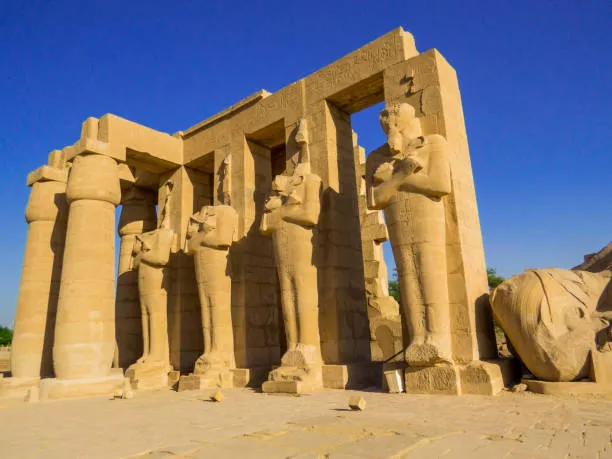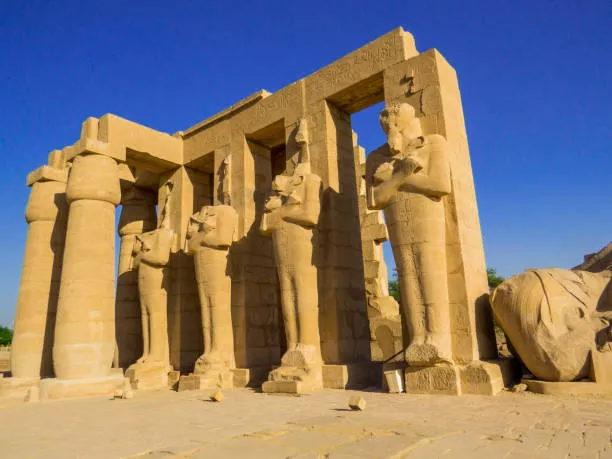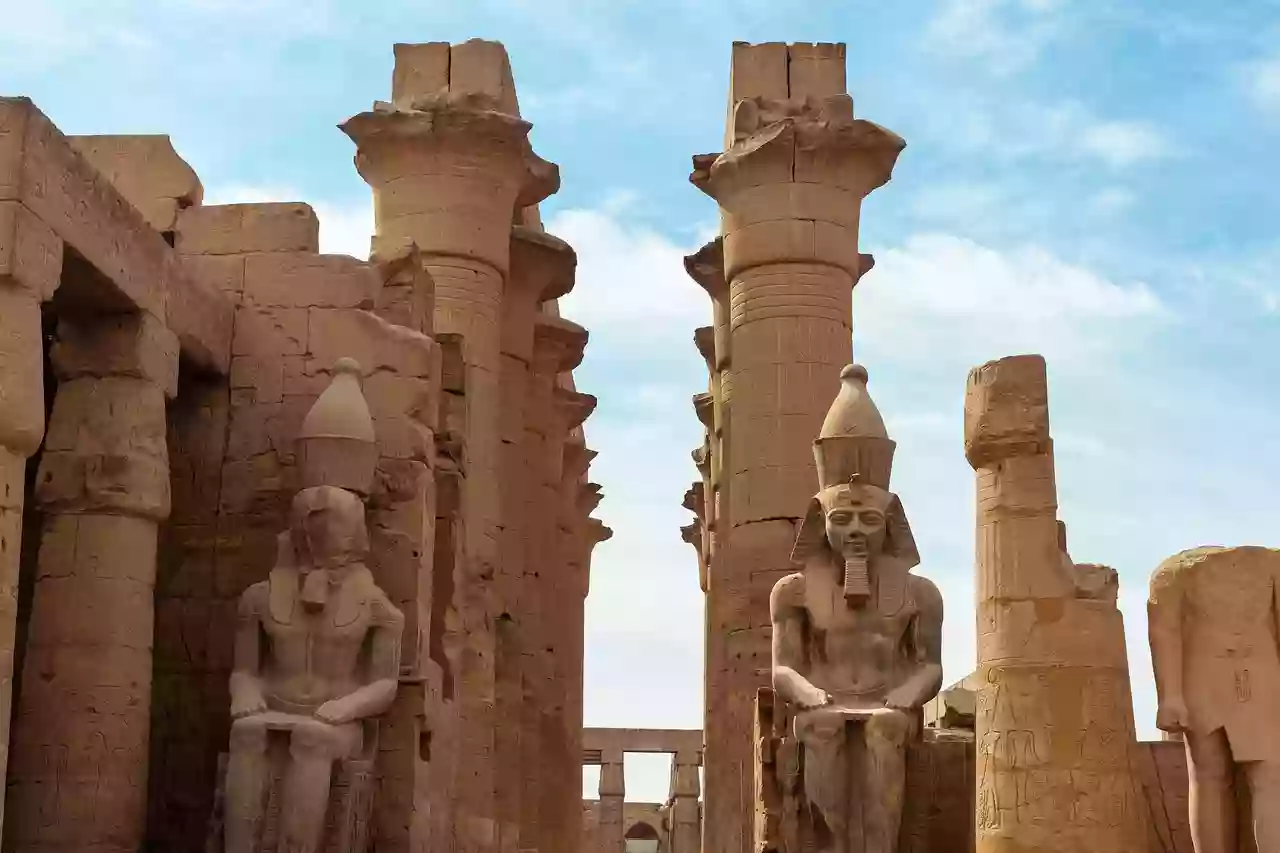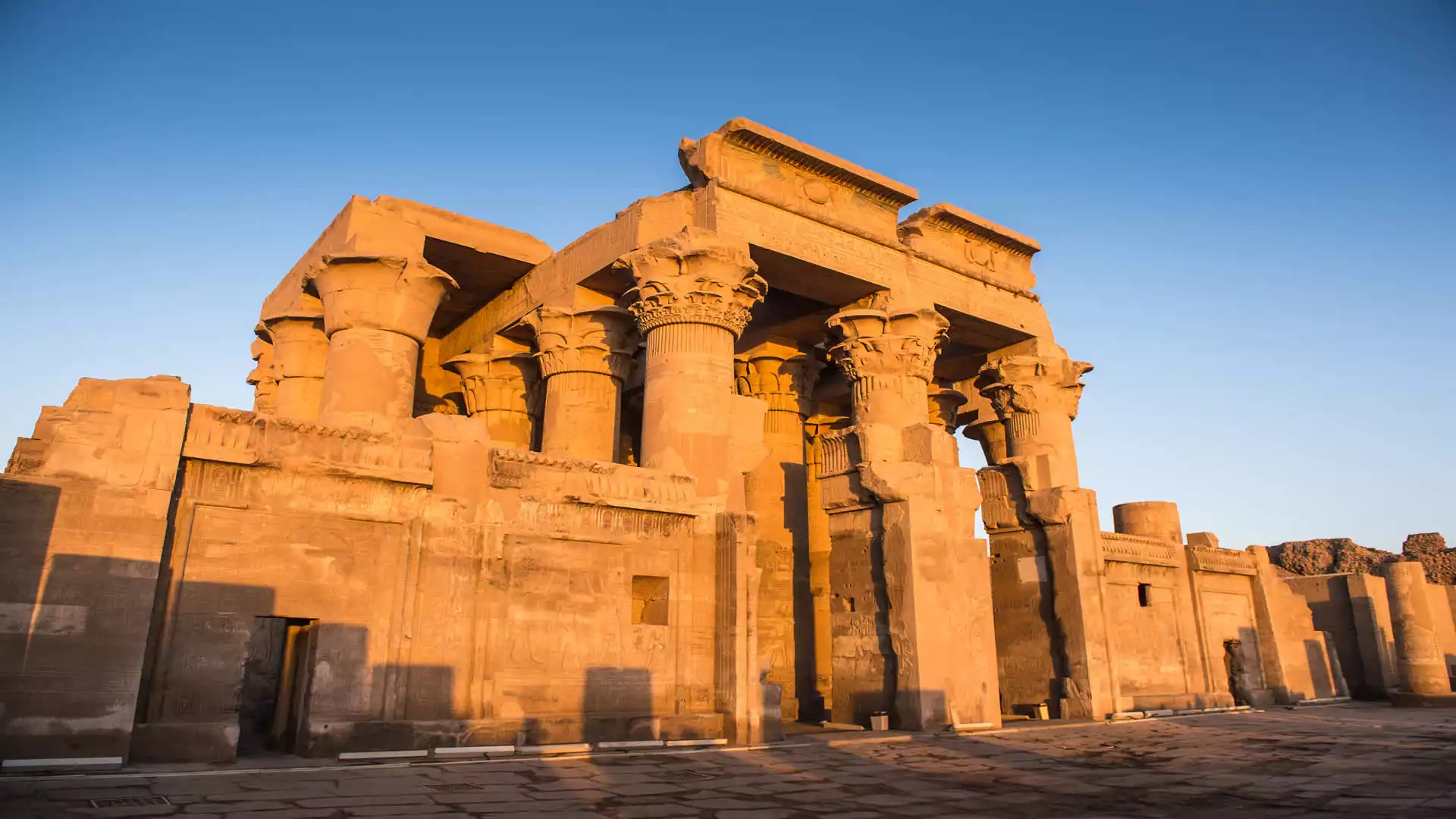The Temple of Hibis: Egypt’s Desert Jewel from the Saite-Persian Age

Tucked away in the arid expanse of the Kharga Oasis, the Temple of Hibis rises unexpectedly from Egypt’s Western Desert. Its remote location helped preserve it through the centuries, making it one of the best-surviving monuments of the country’s later dynastic periods. This architectural gem offers a rare window into Egypt’s temple-building tradition at the edge of its ancient twilight.
Construction of the temple began under Egypt’s 26th Dynasty and was later completed in the 6th century BCE during the reign of Darius I of Persia. This blend of Egyptian and Persian influence is reflected not only in the structure’s historical context but also in its art. Reliefs within the temple depict Persian rulers like Darius dressed in full pharaonic regalia—an extraordinary merging of imperial symbolism and local tradition. 
The temple is dedicated to the powerful Theban triad: Amun, Mut, and Khonsu. These deities, central to the religious heart of Upper Egypt, are honored through detailed carvings, sacred inscriptions, and symbolic architecture. The precision and craftsmanship seen in the temple’s reliefs attest to the ongoing devotion and artistic skill that persisted even during periods of foreign rule. 
Hibis is not just a place of worship; it is a visual record of Egypt’s cultural resilience. The temple walls are filled with finely rendered hieroglyphs and scenes that reflect traditional religious motifs, while subtly incorporating the imagery of new foreign powers. This makes Hibis a key site for understanding how ancient Egypt adapted its identity under Persian domination.